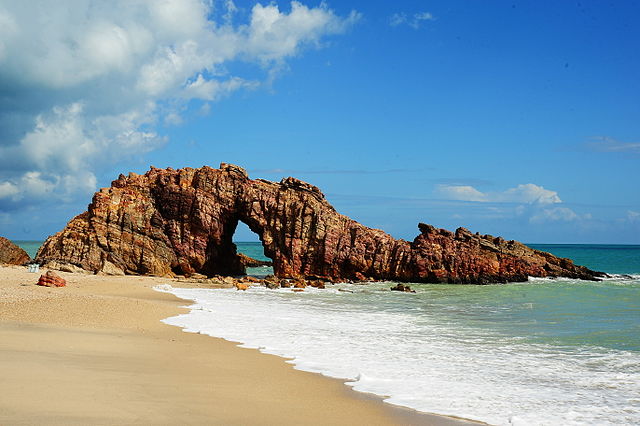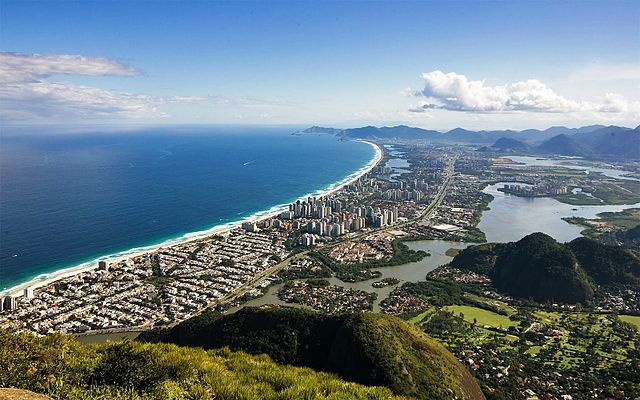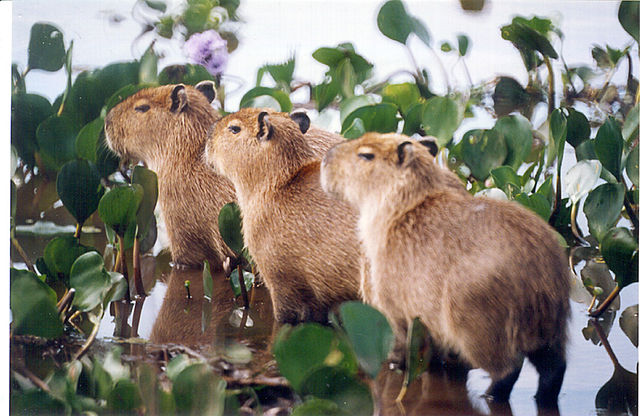
South Brazil
The Southern Region of Brazil comprises the states of Rio Grande do Sul, Santa Catarina and Parana. Here, between the 23rd and 33rd southern parallels, there are four distinct seasons – and sometimes even snow in winter. It is thus understandable that European immigrants, especially those of German, Austrian or Italian origin, feel at home here. They have also worked long and hard to transform this part of Brazil into both the country’s breadbasket and its most productive wine-growing region.
The first German settlers, who were recruited in Hamburg, were greeted by the Emperor and his wife upon their arrival in Rio. On July 24, 7 824, the new arrivals founded Sao Leopoldo (north of Porto Alegre), the first German settlement in southern Brazil. The Emperor’s recruitment of Europeans was motivated by two related circumstances: southern Brazil was sparsely populated, and its southern borders were in need of protection. Moreover, there were ongoing boundary disputes with Argentina and Paraguay – although not with Uruguay, which only gained its independence in 1828. Because the European settlers worked as farmers and in traditional trades, a societal structure developed that was oriented towards small farms and away from large plantations, thereby obviating the need for slave labor. In present-day Rio Grande do Sul, approximately one-third of the population is of German descent, and in Santa Catarina the figure is about 15 percent.





